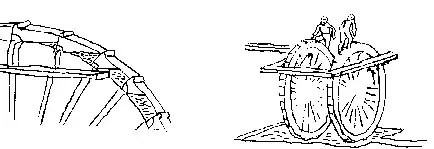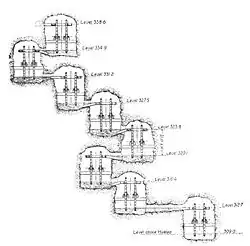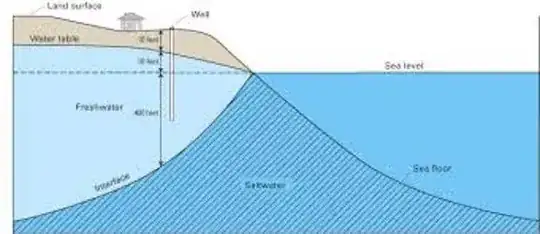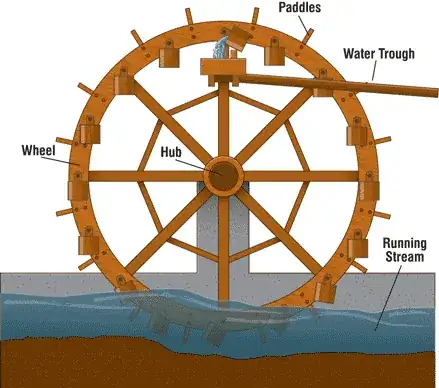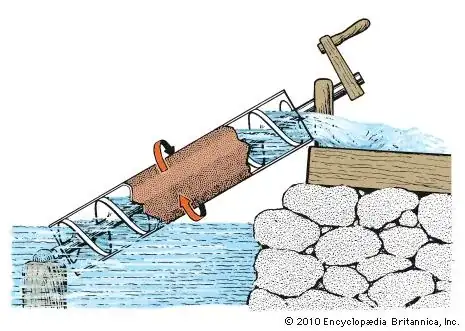My grandfather dug a well by hand on his ranch in central Washington. 6 foot square, 160 feet (50 meters) deep. The digging was fairly easy, as it was the Ringgold formation (wind deposited fine sand and clay from a few ice ages ago. Similar wells have been dug in the Middle East. However he didn't pump by hand. He build a float at the bottom, and put in an electric pump.
Let's extend this to 100m.
To lift a kg of water up 100m you are going to expend about 1000J
A person can do useful work at about 100 W for long periods of time if well fed. https://en.wikipedia.org/wiki/Human_power (claims 75 w, but with training it will improve) A watt is a joule per second. So a person using a perfect device could bring 6 kg -- 6 liters or roughly 1.5 gallons of water to the surface per minute.
You would likely do this either with a chain of buckets on a rope so that the weight of the bucket coming up is balanced by the weight going down. This would be powered by a walking cage to use the big muscles in your legs. If you can get the friction down to 50% of the energy one person brings up about 200 liters -- about 1 barrel -- of water per hour. If you have 12 hour shifts (slave labour) each slave brings up 600 gallons a day.
In a hot dry climate a person can sweat out about 4 gallons of water a day. You will need some additional water for cooking, washing. Call it 10 gallons a day. So at this level you need 1 slave on the water wheels for each 60 people total.
Crops. You can do dryland wheat farming on 10 inches of rain a year, if you fallow the land alternate years. Takes 16 inches for annual cropping. In a desert climate it will take more. Tomatoes take 60 inches of irrigation per season in the San Joaquin valley.
Barley can do 100 bushels/acre, or about 3 tons. (60 lbs/bushel for most grains) Romans marched on 2 lbs of grain a day. 700 pounds of grain per person per year. An acre then supports 4 people and a few mice. An acre is forty odd thousand square feet. So a foot of water is 40,000 cubic feet of water or about 300,000 gallons. So it takes 500 man days to pump the water. You are not irrigating with human muscle power. At 1/100 the depth (1 meter deep) your workforce is larger than the productivity.
Ok. Don't flood irrigate. The Israelis are good at using small amounts of water for crops, putting it exactly where it's needed.
Or have it rain some. Soon as you get rain on a reasonable schedule, you have vegetation that isn't farmland. You can graze critters. This is also how the Sahara, much of the middle east, and Greece became barren -- over grazing.
This in turn modifies the climate. If plants aren't transpiring into the air, there is less water to make rain.
Animals don't help much. Straw doesn't have enough nutrition to keep a cow going by itself (has calories but little protein) , so you need some of your grain too for the oxen.
So you need a different crop. But you need also to justify some combination of lower water use or higher productivity. (Potatoes AFAIK are the highest calories per acre.)
There is a reason that desert peoples are often nomadic. The exceptions occur when there is a major river in the area. The Nile flooded every spring, soaking the land and allowing long term agriculture. The Tigris-Euprhates rivers also had a flood season, and I think that they ran irrigation canals for miles. One of the reasons to build dams is to get water in a position where you can run it downhill to a field. Aqueducts from the mountains...
